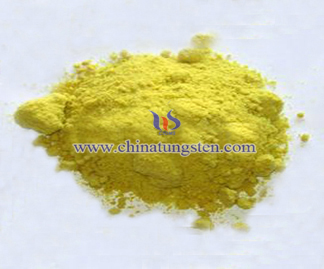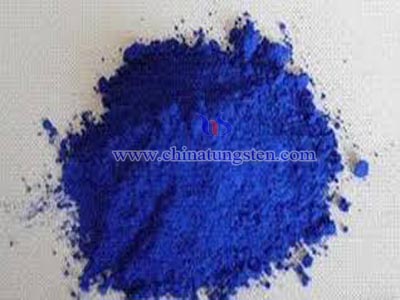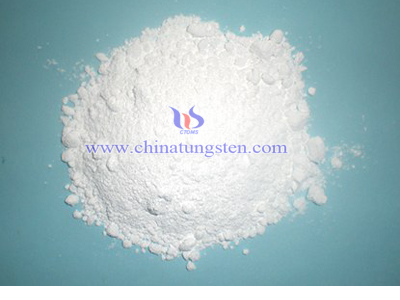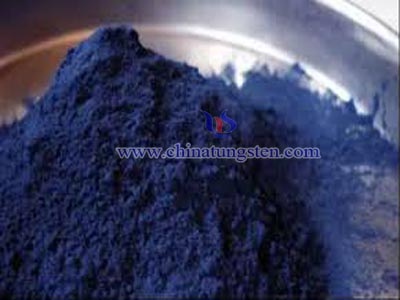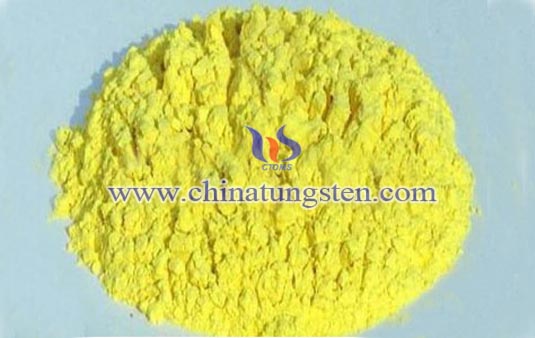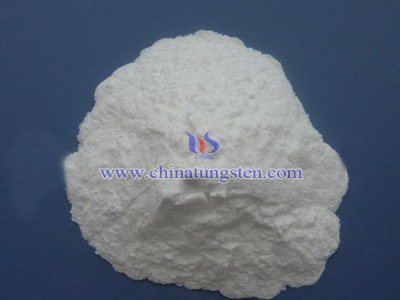Tungstate Research And Analysis Report
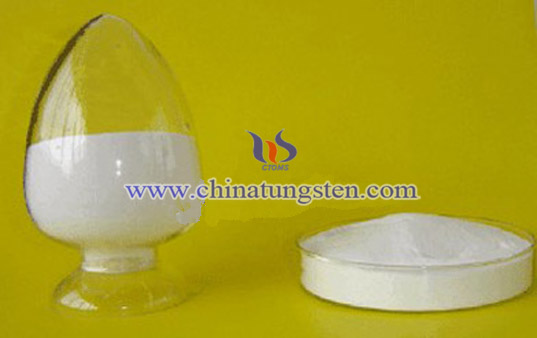
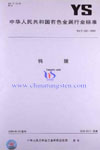
This standard provides for the requirements, test methods, test rules, signs, packaging, transportation, storage and order (or contract) contents of the products. This standard applies to the catalysts, printing and dyeing auxiliaries, lubricants, and the plastics industry and ceramic industry。
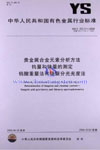
In the 250 mL beaker, add 10 mL of nitric acid (3.2), 30 mL hydrochloric acid (3.1), cover the surface of the plate, and the low temperature heat dissolves. When dissolving, add nitric acid (3.2) and hydrochloric acid (3.1) to the above ratio (3.1) until completely dissolved (the glass rod can be pounded to see if it is fully dissolved). Evaporation to about 10 mL, remove and cool to room temperature, flush petri dishes and glass burning, add water to 30 mL, with double density ash free filters (the first level filter funnel wall, clinging to the second floor of the radius of the filter paper is smaller than the first layer is about 0.7 cm, add solution cannot be less than four 5 of the second filter height), (3.5) with nitric acid solution washing beaker 5 times, each time 5 mL ~ 6 mL, swab with a glass rod with rubber tip burn was painted, the precipitation into hopper, continue with nitric acid solution (3.5) washing the precipitation to the chloride ion (inspection with silver nitrate solution。
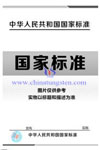
Method of determination of tungsten concentration of tungsten concentrate in chemical analysis method of tungsten concentration:Methods for chemical analysis of tungsten concentrates—Determination of tungsten trioxide content—The ammonium tungstate igniting gravimetric method。
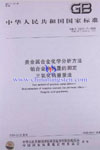
The determination of tungsten content in the chemical analysis method of metal alloy (GB/T 15072.17-2008) was mainly changed: name change; The formulation and concentration of the solution are revised according to the new standard. The original standard range PtW8 and PtW8.5 are modified for the determination of tungsten content in PtW alloy. Re-write as per GB/T 20004-2001 format.
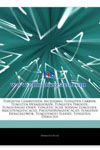
Hephaestus Books represents a new publishing paradigm, allowing disparate content sources to be curated into cohesive, relevant, and informative books. To date, this content has been curated from Wikipedia articles and images under Creative Commons licensing, although as Hephaestus Books continues to increase in scope and dimension, more licensed and public domain content is being added. We believe books such as this represent a new and exciting lexicon in the sharing of human knowledge. This particular book is a collaboration focused on Tungsten compounds.More info: Tungsten, also known as wolfram, is a chemical element with the chemical symbol W and atomic number 74. A steel-gray metal under standard conditions when uncombined, tungsten is found naturally on Earth only combined in chemical compounds. Its important ores include wolframite and scheelite. The free element is remarkable for its robust physical properties, especially the fact that it has the highest melting point of all the non-alloyed metals and the second highest of all the elements after carbon. Also remarkable is its very high density of 19.3 times that of water. This density is slightly more than that of uranium and 71% more than that of lead. Tungsten with minor amounts of impurities is often brittle and hard, making it difficult to work. However, very pure tungsten is more ductile, and can be cut with a hacksaw.

